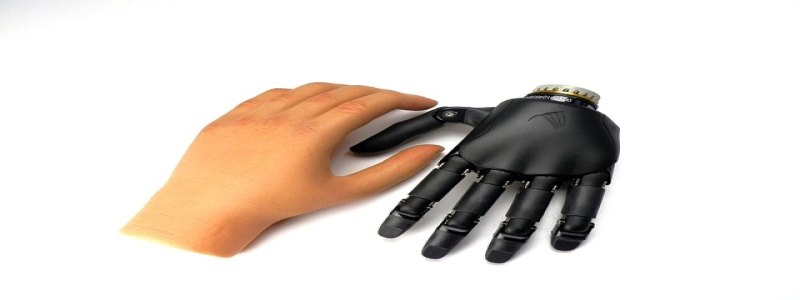Optic Modulator: A Beam of Light Control
Introduction:
With the rapid development of technology, the demand for efficient and precise control of light has become paramount. Optic modulators play a crucial role in manipulating light, enabling various applications such as telecommunications, data transmission, and laser technology. In this article, we will explore the intricacies of optic modulators, their types, working principles, and applications.
I. Types of Optic Modulators:
A. Electro-optic Modulators:
Electro-optic modulators, also known as Pockels cells, utilize the principle of the electro-optic effect. These modulators consist of a crystal material placed between two electrodes. The electric field created by the electrodes alters the refractive index of the crystal, thereby modifying the polarization state of light passing through it.
B. Acousto-optic Modulators:
Acousto-optic modulators (AOMs) exploit the phenomenon of acousto-optic interaction. These modulators use an ultrasonic wave propagating through a crystal material to create a refractive index grating. This grating deflects the light passing through it, enabling control over its angular position or frequency.
C. Liquid Crystal Modulators:
Liquid crystal modulators (LC modulators) employ the unique properties of liquid crystal materials. By applying an electric field to the liquid crystal cell, the orientation of liquid crystal molecules can be manipulated, altering the polarization of incident light. LC modulators offer fast response times and can be used in applications requiring high-speed modulation.
II. Working Principles:
A. Electro-optic Modulators:
1. For a longitudinal Pockels cell, an electric field applied in the direction of light propagation modifies the refractive index of the crystal.
2. For a transverse Pockels cell, an electric field applied perpendicular to the light direction alters the refractive index.
3. The change in refractive index affects the phase and polarization of the light passing through, enabling modulation.
B. Acousto-optic Modulators:
1. An ultrasonic wave generated by a transducer passes through the crystal material, creating a refractive index grating.
2. The grating deflects the incident light based on the modulation frequency, controlling its spatial position or frequency.
C. Liquid Crystal Modulators:
1. A liquid crystal layer is sandwiched between two transparent electrodes.
2. Application of an electric field changes the orientation of liquid crystal molecules, altering the polarization state of light.
III. Applications:
A. Telecommunications:
Optic modulators are essential components in fiber optic communication systems. They are used for signal modulation, enabling efficient transmission and reception of data over long distances.
B. Laser Technology:
Optic modulators play a crucial role in laser systems. With precise control over the intensity, phase, or frequency of laser beams, these modulators enable applications such as laser marking, laser spectroscopy, and laser lithography.
C. Optical Imaging:
In applications like optical coherence tomography (OCT) and confocal microscopy, optic modulators help in precise control of the light beam, enabling high-resolution imaging and depth profiling.
Conclusion:
Optic modulators are indispensable tools in the world of optics and photonics. Their ability to manipulate light allows for various applications in telecommunications, laser technology, and optical imaging. As technology advances, the development of new and improved optic modulators continues, further expanding the possibilities of light control and its applications.








